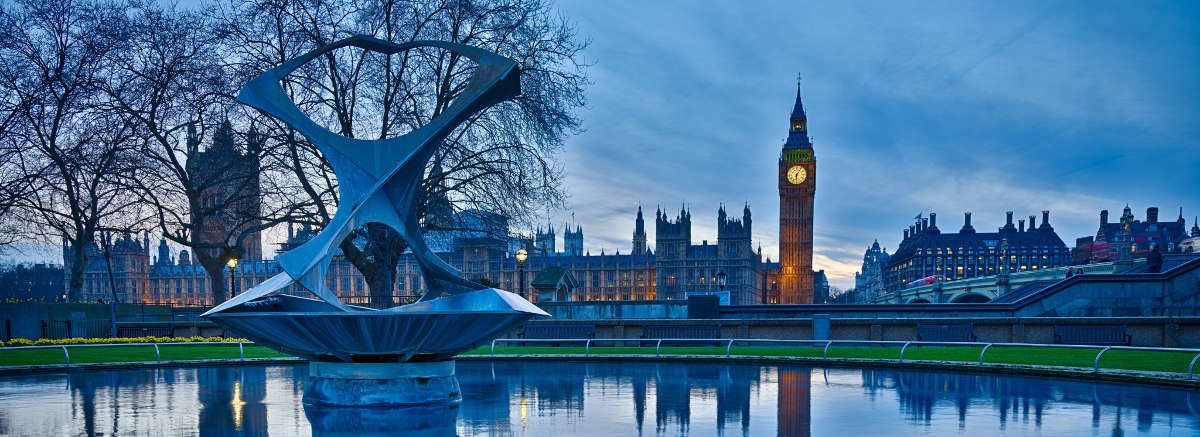Written by Michael Gleeson (Emeritus Professor of Otorhinolaryngology and Skull Base Surgery)
Omar Shaheen, MS, FRCS Eng, FRCS Edin (Hon).
(24th September 1931 – 28th September 2016)
After a protracted illness, borne with great courage and characteristic good humour, Omar Shaheen died peacefully at home in the presence of his family. Omar was recognised both nationally and internationally as one of the finest head and neck surgeons of his era. His contribution to head and neck oncology, particularly in relation to thyroid, oral and laryngopharyngeal cancers was immense. He influenced a generation of young surgeons to follow in his footsteps and emulate his elegant surgical techniques.
Born in Cairo, the son of Egypt’s first ENT surgeon who also qualified at Guy’s Hospital, Omar’s primary education was undertaken at the English School in Cairo where he excelled in languages and sport. He came to London to study Medicine at Guy’s Hospital in 1950, a Hospital he loved and served in so many ways over decades, not just as a consultant surgeon but also as chairman of its patient-focused charity, the Friends of Guy’s Hospital. His core training was undertaken at Guy’s where he was awarded the Michael Harris Prize for Anatomy and was much influenced by the ENT surgeons there at that time, Messrs Bobby Cann, Philip Reading and Lesley Salmon. In 1960 he was appointed Assistant Professor at the University of Iowa where he developed his Head and Neck oncological interests and skills. On return to the UK in 1963, Omar was appointed Senior Lecturer and Deputy Director to the Professorial Unit at the Institute of Laryngology and Otology at the Royal National Throat, Nose and Ear Hospital and later Consultant Surgeon at Guy’s.
During his career, Omar was awarded several honours that included an Arris and Gale Lectureship at the Royal College of Surgeons in 1968, the W J Harrison Prize, the Walter Jobson-Horne Prize and, at the end of his career, the Semon Lectureship of the University of London in 1996. He was constantly in demand to visit departments abroad most notably the Johns Hopkins Hospital in Baltimore, L’Hôpital de L’Enfant Jésus in Quebec to demonstrate a supra-glottic laryngectomy, and the Cancer Institute in Amsterdam. But, of course, he never forgot his home country and went frequently to Cairo to operate at the military hospital on patients they were unable to handle.
He was an avid writer publishing numerous papers and contributing seminal chapters to postgraduate texts. Omar gained a lot of credit for writing a book on the complications of head and neck surgery, having experienced most of them personally and devised ways to avoid and manage them. No-one else has had the courage to do that since. His early research focused on the nasal vasculature and relationship of hypertension to epistaxes for which he was awarded an MS by the University of London. While in the USA he investigated the possibility of using myocutaneous flaps for the reconstruction of head and neck surgical defects. In that respect he was a decade ahead of his time. Later on he analysed his own patients’ outcome data, something most surgeons think of doing, but few ever do.
In 1956 he married Audrey who was a staff nurse at Guy’s. They had 3 children, Seif who is Professor of Respiratory Epidemiology at Barts and the London, Jenanne who is a general practitioner in Brighton and Hassan who is the creative director of his own animation company in Canada. Both Seif and Jenanne were, of course, born and trained at Guy’s. Sadly, Audrey predeceased Omar in 2012. They were both immensely proud of their children’s achievements. In his spare time Omar was never happier than on his yacht sailing in the Solent or across to France.
Omar broadened the spectrum of surgery undertaken by ENT surgeons of his era. On Omar’s appointment as an examiner for the Final Fellowship Examination in London he was introduced to the Council of the Royal College of Surgeons. The President at that time said to him “Shaheen, I’ve heard about you. I understand you go into the thorax!” He was immensely proud to discover that his reputation had gone before him. Those he trained also recognised that he deliberately went where no other ENT surgeon had gone before. We all have a lot to thank him for.
